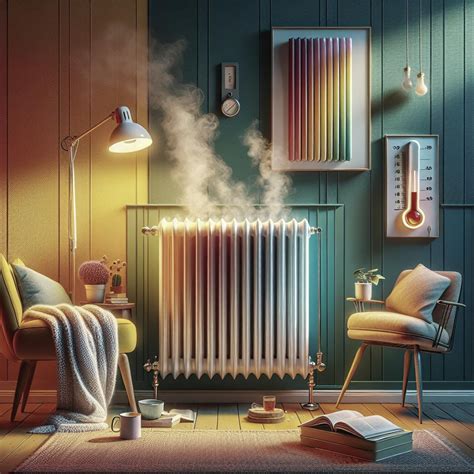How Hot Do Radiators Get To The Touch
Ronan Farrow
Apr 04, 2025 · 2 min read

Table of Contents
How Hot Do Radiators Get to the Touch? A Comprehensive Guide
Radiators are a common feature in many homes, providing warmth and comfort during colder months. However, understanding how hot they get is crucial for safety and efficiency. This guide will delve into the temperature of radiators, safety precautions, and factors influencing their heat output.
Understanding Radiator Temperatures
The temperature a radiator reaches depends on several factors, including the type of radiator, the system's thermostat settings, the ambient temperature, and the overall efficiency of the heating system. Generally, a radiator should feel warm to the touch, not burning hot.
Safe Operating Temperatures
A safe operating temperature for a radiator is generally considered to be between 130°F (54°C) and 160°F (71°C). Anything significantly hotter could pose a burn risk, particularly to children and pets.
Warning Signs of Overheating:
- A radiator significantly hotter than usual.
- A burning smell emanating from the radiator.
- Unusual noises coming from the radiator.
- Visible discoloration or damage to the radiator.
Factors Affecting Radiator Temperature
Several factors play a role in how hot your radiator gets:
- Thermostat Settings: The higher the thermostat setting, the hotter the radiator will get. Adjusting the thermostat is the primary way to control radiator temperature.
- System Efficiency: A well-maintained heating system will operate more efficiently, delivering consistent heat to the radiators. Regular servicing is crucial.
- Room Temperature: The radiator will work harder to heat a cold room, resulting in a higher temperature. Proper insulation can help maintain a more consistent temperature.
- Type of Radiator: Different types of radiators have varying heat outputs and therefore, different operating temperatures. For example, modern radiators might run cooler than older models.
- Bleed Valves: Air trapped in the radiator can impede heat transfer, leading to cooler operation. Regularly bleeding radiators is essential for optimal performance.
Safety Precautions When Dealing With Radiators
Always exercise caution when approaching a radiator, especially if you have children or pets.
- Never touch a radiator directly without assessing its temperature. Use the back of your hand to gently test the surface.
- Keep children and pets away from hot radiators. Consider using radiator covers to minimize the risk of burns.
- Address any unusual heat or noises promptly. Contact a qualified heating engineer to diagnose and repair any issues.
- Ensure proper ventilation to prevent overheating and potential hazards.
Conclusion: Maintaining a Safe and Efficient Heating System
Understanding how hot radiators get is vital for ensuring both comfort and safety. By monitoring your radiator temperatures, addressing potential problems promptly, and following safety precautions, you can optimize your heating system's performance and create a warm, secure home environment. Remember to always prioritize safety and seek professional help when necessary.
Featured Posts
Also read the following articles
| Article Title | Date |
|---|---|
| How Do Lemon Law Attorneys Get Paid | Apr 04, 2025 |
| How Hard Is It To Rebuild A Th350 Transmission | Apr 04, 2025 |
| How Do Bookstores Get Their Books | Apr 04, 2025 |
| How Do You Clean Rhinestones | Apr 04, 2025 |
| How Fast Is 1600w 48v In Mph | Apr 04, 2025 |
Latest Posts
Thank you for visiting our website which covers about How Hot Do Radiators Get To The Touch . We hope the information provided has been useful to you. Feel free to contact us if you have any questions or need further assistance. See you next time and don't miss to bookmark.
